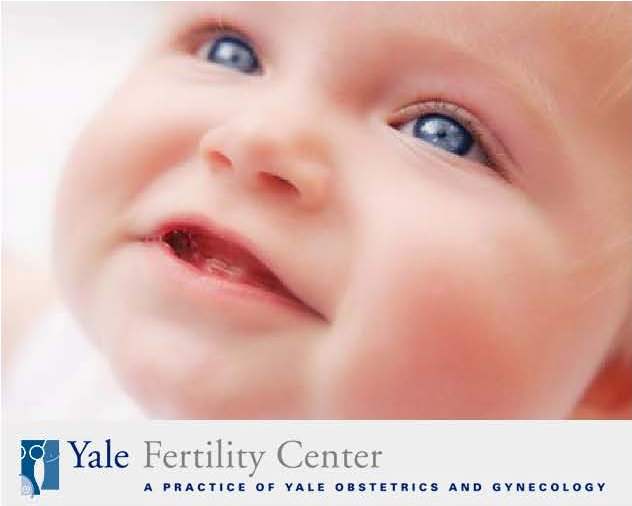
Signs and symptoms of Polycystic Ovarian Syndrome (PCOS) can be seen during a girl’s pubertal transition. Although the normal pubertal course involves irregular menstrual cycles, increased androgen production, and increased body mass and insulin resistance, these processes are often exaggerated in girls with PCOS. A delay of greater than two years between the onset of puberty and the occurrence of menses may indicate PCOS. Furthermore, one early sign of PCOS may be the early appearance of pubic hair in young girls, prior to puberty. Adolescents with PCOS can present with a variety of symptoms which tend to start gradually, and can include irregular menstrual cycles, heavy uterine bleeding, acne, depression, weight gain, unwanted hair growth, or scalp hair loss.
One of the hallmarks of PCOS is irregular menstrual cycles. While it is normal for a young woman to experience irregular menstrual cycles for the first 6 to 12 months after her first menses, it is abnormal if the irregularity persists beyond 12 months. These young women deserve evaluation to determine a cause of their irregular cycles. In the past, young women were often prescribed oral contraceptives (birth control pills) to regulate their menstrual cycle, without any evaluation. However, due to the long-term health risks associated with PCOS, the ability to make this diagnosis in adolescents will hopefully improve the long-term health of these young women.
Similar to adult women, medical therapies for adolescents with PCOS include birth control pills, insulin sensitizing agents, and anti-androgen treatments. Treatment is individualized to the needs of each patient, and is tailored to where she is in her pubertal course.








No comments:
Post a Comment